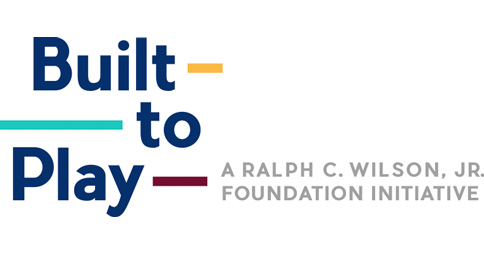
What if every kid had a quality place to play close to home?
Photo: Onion Studios
Advancing Play Equity
The Built to Play initiative was born in 2018 when the Ralph C. Wilson Jr. Foundation joined forces with two national nonprofits – KABOOM! and The Skatepark Project – to help communities in Southeast Michigan and Western New York provide more safe and imaginative places for kids to play.
What began as a $10 million investment by the Wilson Foundation, grew to nearly $17 million and resulted in the development of more than 90 play spaces and skateparks across its two regions.
In 2022, the Wilson Foundation and its partners engaged Gehl to conduct an impact assessment to understand the outcomes of these investments and provide recommendations for any community advocate, civic leader or funder interested in creating more quality play spaces!
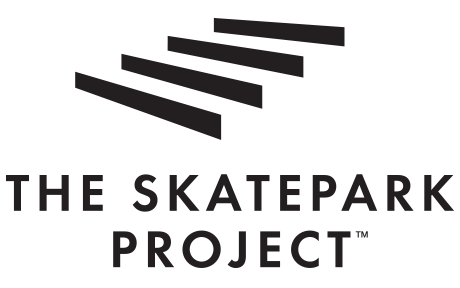
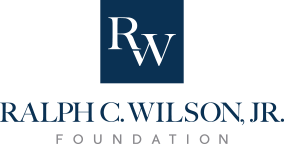

Gehl explored how play spaces were making a difference for kids and communities across the Built to Play network.

Gehl found that Built to Play projects are making a difference across scales.
INDIVIDUAL outcomes for kids and their families
Built to Play projects…
Keeps kids physically active by stimulating free play with and beyond the sites.
70%
of kids observed in play spaces and skate parks were being physically active.
Boost access for kids who face longtime barriers to play.
BIPOC visitors and visitors from households with lower incomes were more likely to visit often, to feel more attachment, and to make more friends
Build social connections by creating a place to gather for all ages
68%
of adults observed in play spaces were actively engaged in a social activity, including many elders who valued opportunities to connect
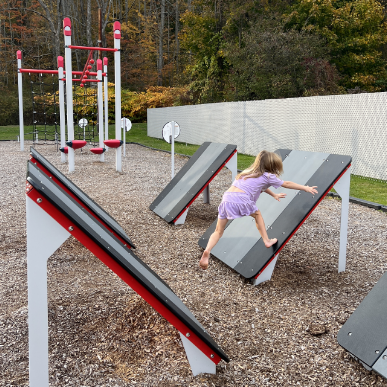
SITE outcomes for the playspace site and its surroundings
Built to Play projects…
Use design to foster creativity, risk-taking, and inclusive access for all ages
Challenging, multi-sensory, and open-ended play elements were post popular with kids.
Serve as local gathering spots with amenities and activities needed for ongoing use.
Many sites have the amenities in place to invite people to stay and socialize.
Encourage active mobility to, from, and within the site.
Projects are walking and biking destinations, and convenient access is a rest to visit.
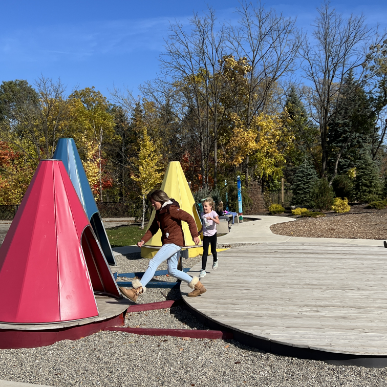
COMMUNITY outcomes for the wider town, city, and/or region.
Built to Play projects…
Build local projects through quality design.
Across all projects types, local identity and history show up in the design of the playspaces and skateparks.
Engage and elevate local voices and leaders.
Community organizers and advocates are essential project champions, especially in resource-strapped communities.
Amplify wider community development and build support for play.
Play spaces generate foot traffic – which supports local business and brings eyes on the street.
Built to Play projects have shifted perception in favor of playspaces and skateparks.

SYSTEM outcomes for play space development.
Built to Play projects…
Break down silos across sectors, organizations, and people.
The experiences of working across organizations was a generally positive one, despite some challenges.
Connect to expertise and peer knowledge.
Direct support and program partners’ presence on the ground matters.
Built to Play projects are sharing knowledge informally with other local advocates and nearby communities.
Catalyze play and public space investments.
Visitors overwhelmingly support more public funding for playspaces or skateparks.
For most projects, Built to Play is a catalytic source of funding – a starting point for further investments in public spaces for kids.
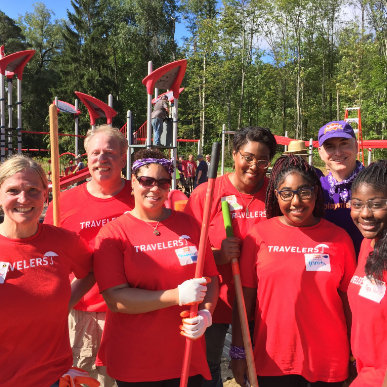
About this study
A mix of quantitative and qualitative methods were used to evaluate play space outcomes.

Gehl is an urban design, strategy, and research firm that works alongside communities worldwide. By applying a people-first approach to the planning and design of our cities, Gehl believes we can make them more equitable, healthy, and sustainable — all while making cities vibrant places where people are invited to interact and connect with each other.

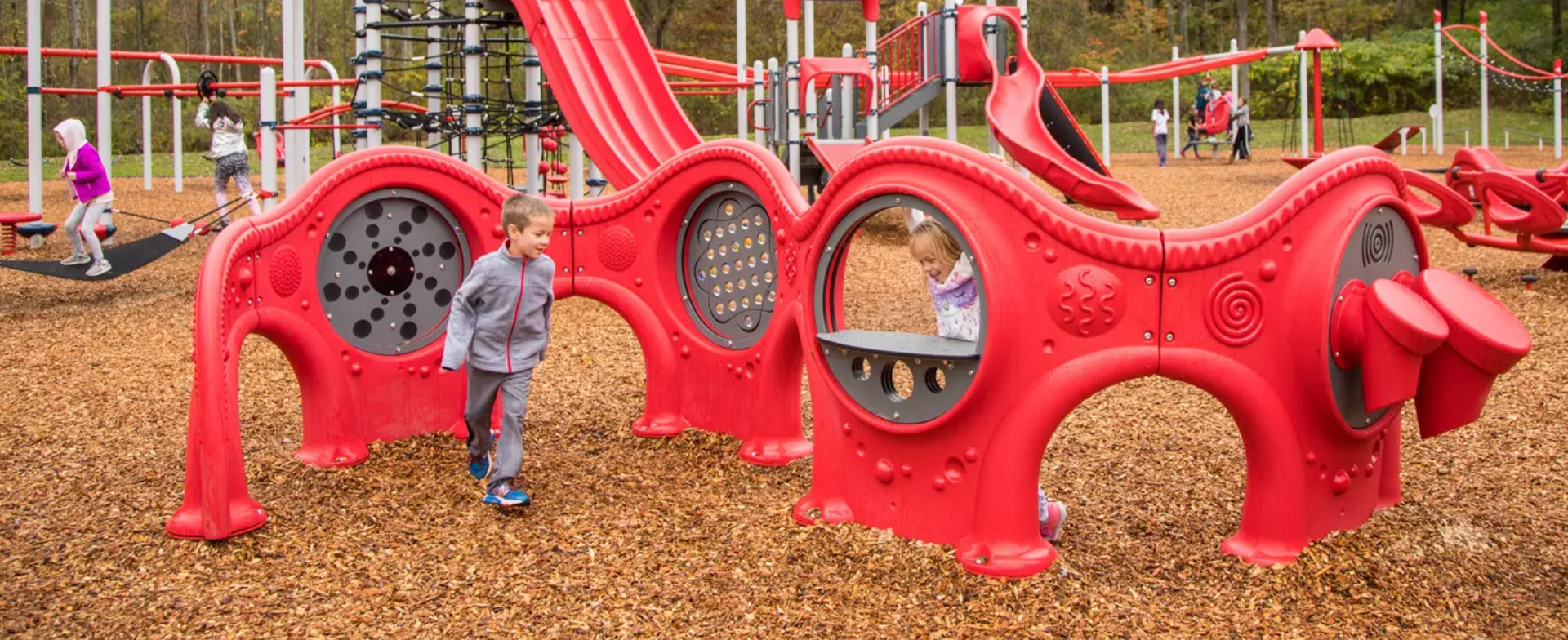
Photo: Landscape Structures Inc.
